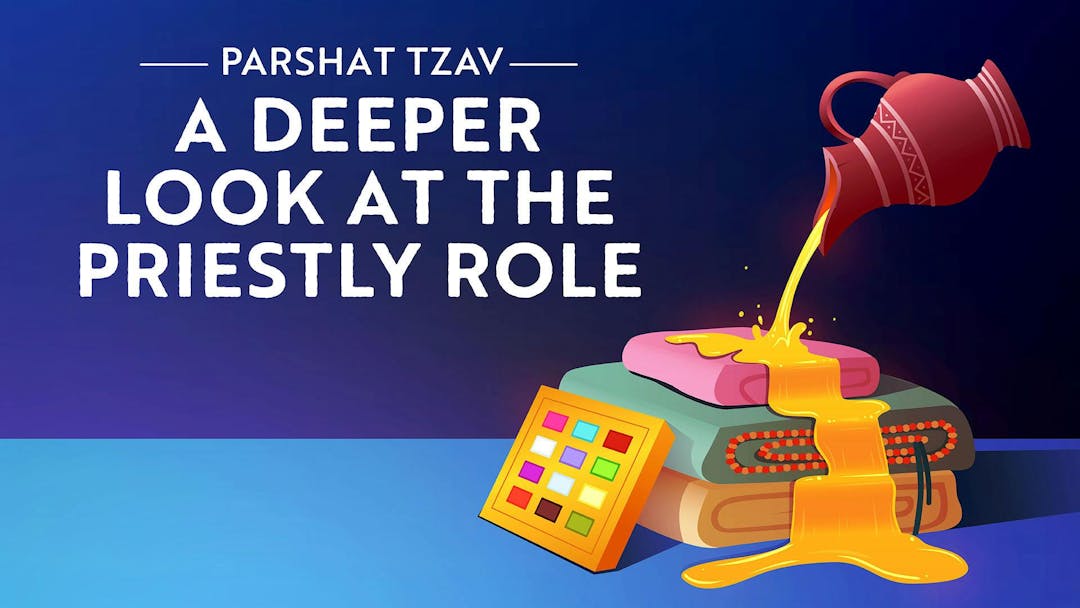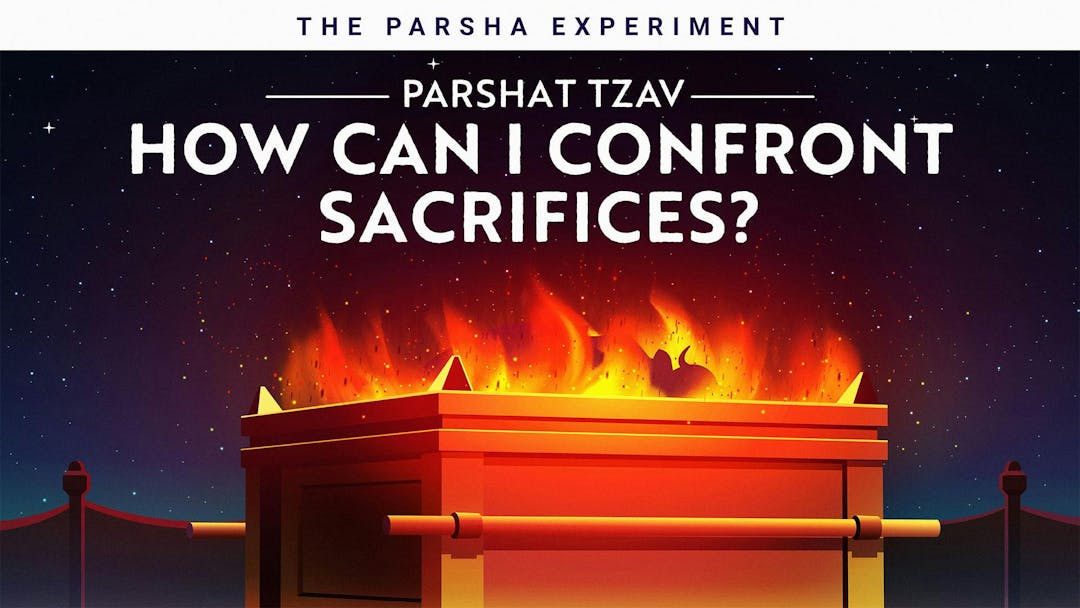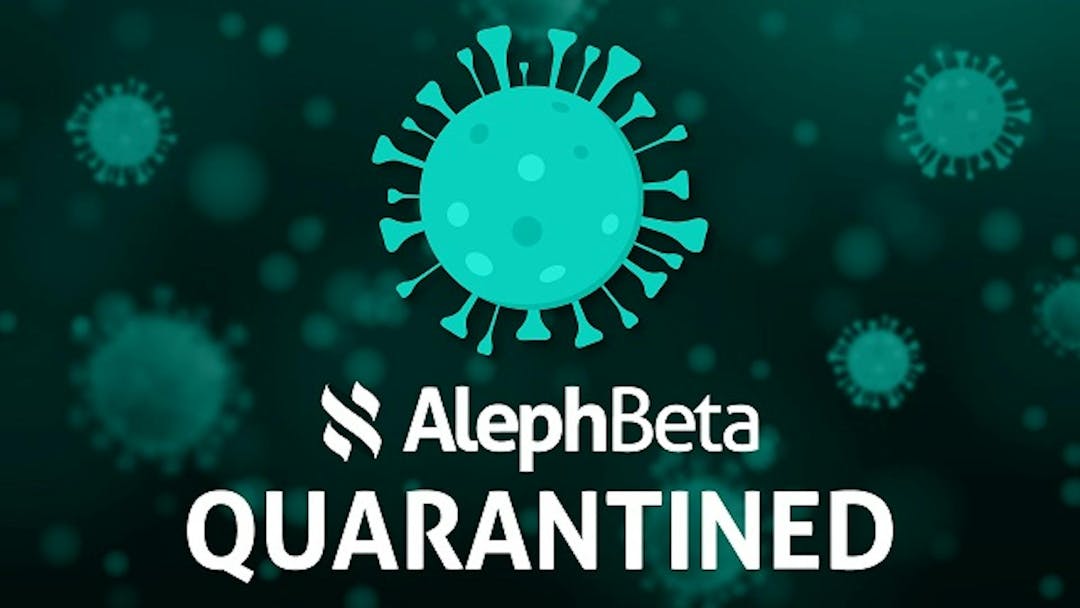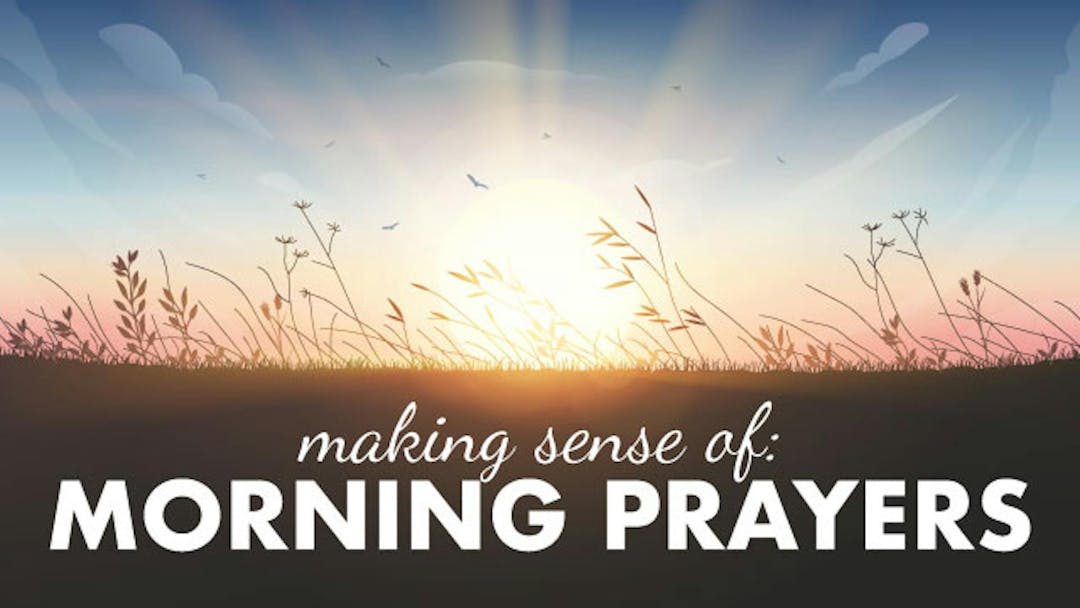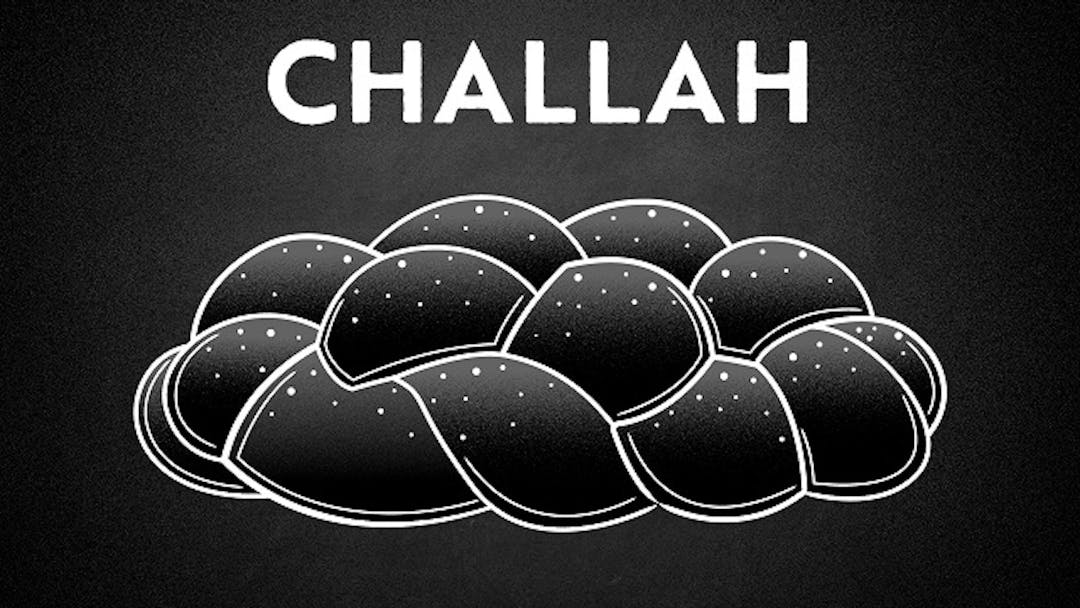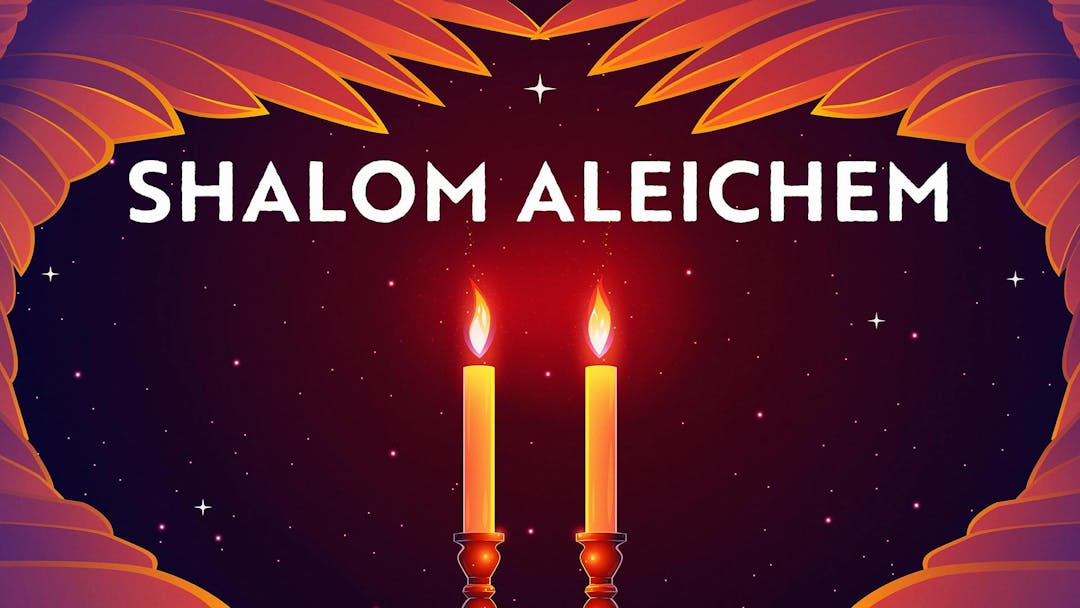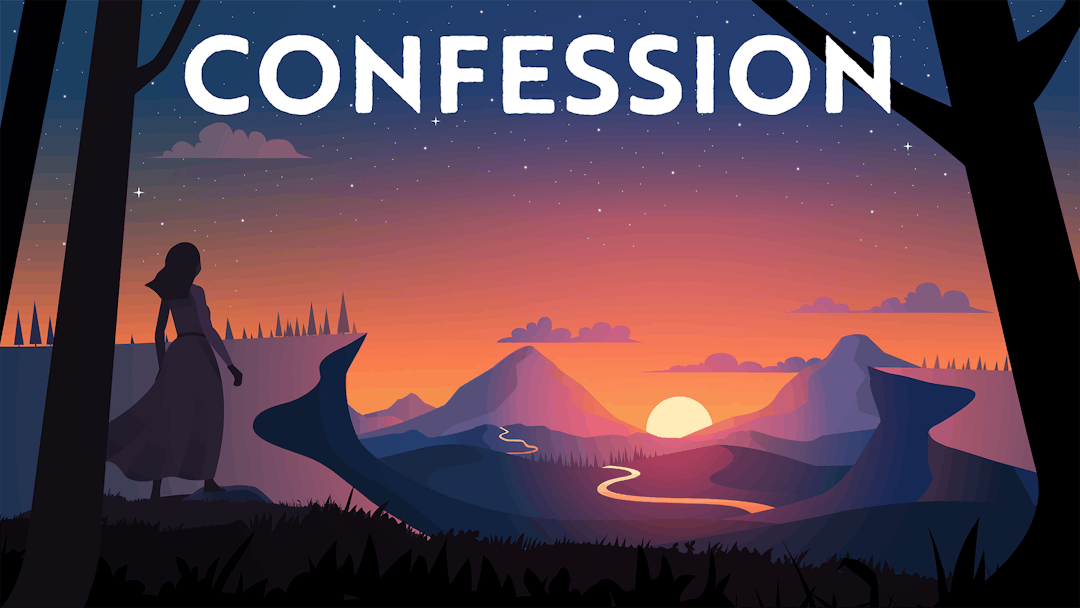Start your free trial today to unlock the full library and enjoy unlimited and uninterrupted access.
Get StartedWhat Does It Mean To Survive?
The Meaning Behind The Thanksgiving Offering
In this week's video, we explores the verses that teach about the Todah — the Thanksgiving sacrifice. Who is supposed to bring a sacrifice of Thanksgiving? According to the Talmud, there are four individuals who would bring a Todah. But when you look at this list, you may notice that they all seem to have something in common — except for one of them. Which one of these four doesn't belong?
Rabbi Fohrman examines this questions, and his study helps to reveal a surprising insight about one of the people who is required to bring a Todah — a person who recovered from a life-threatening illness. These insights help us to gain a deeper level of empathy for those who are ill — and may even inspires us to offer thanks to God for the healing of our own bodies.
Want to watch the full video for free?
Enter your email and we’ll send you a link to watch the full series free.
What is Aleph Beta?
Aleph Beta is a unique kind of Torah library. Led by our founder, Rabbi David Fohrman, we are dedicated to high-level, textual Torah learning for adults that is intellectually and spiritually sophisticated, that enlivens your Jewish practice and helps you forge a deeper connection to God. Whether you’ve been learning in yeshiva for years or you’re just beginning your Torah journey, you’re sure to find something meaningful and surprising waiting for you here.
Browse our library of over 1,000 beautifully produced animated videos, podcasts, deep dive courses, and printable guides. Topics include the weekly parsha, Jewish holidays & fast days, laws & mitzvot, prayers, relationships, big philosophical ideas and more. Have something to say at the Shabbos table that will amaze your family and guests and bring deep meaning into their lives.
